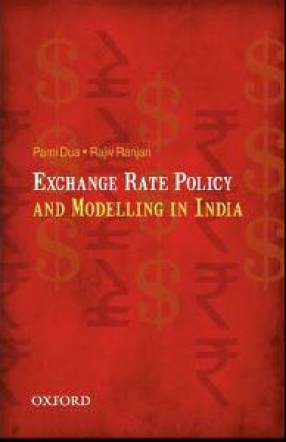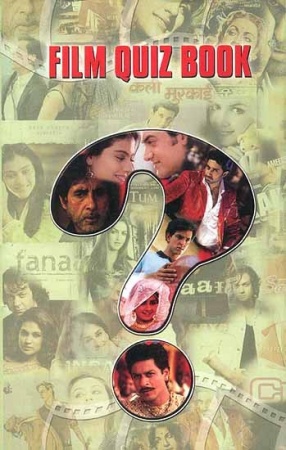Exchange Rate Policy and Modelling in India
Exchange rate fluctuations affect the value of international investment portfolios, competitiveness of exports and imports, value of international reserves, currency value of debt payments, and the cost to tourists in terms of the value of their currency. Movements in exchange rates, therefore, have significant implications for the economy's business cycle, trade, and capital flows. This book provides a comprehensive analysis of the foreign exchange market in India in terms of participants, instruments and the trading platform, as also turnover and forward premia.
The book covers four broad areas: (i) various facets of economic policy with respect to the exchange rate; (ii) the recent global financial crisis and the role of exchange rates therein; (iii) the pattern of capital flows and capital account liberalization; and (iv) modelling and forecasting the exchange rate. The authors contextualize the evolution of the Indian foreign exchange market from a highly regulated market to a deep, liquid, and efficient market in the 1990s, and focus on how large capital flows have impacted the exchange rate policy. More important, they develop a model for the rupee-dollar exchange rate taking into account variables from monetary and micro structure models as well as other variables such as central bank intervention.
Get it now and save 10%
BECOME A MEMBER









Bibliographic information
Rajiv Ranjan